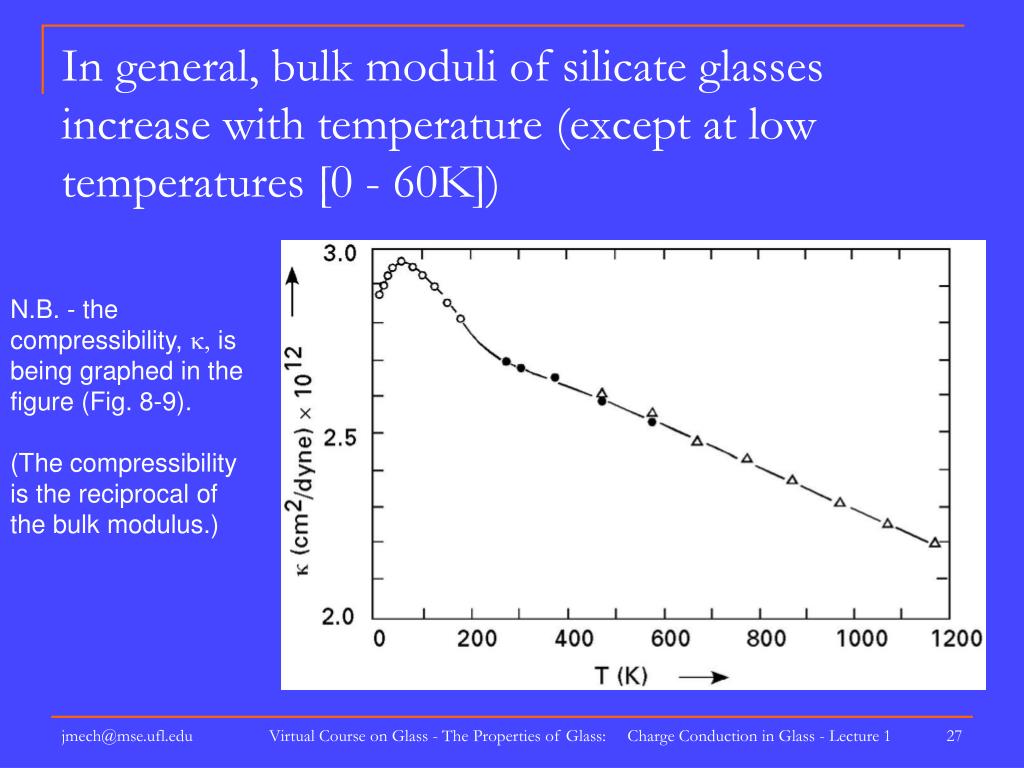

Brillouin: Diffusion de la lumière et des rayons X par un corps transparent homogène. der Biest: The innovative impulse excitation technique for high-temperature mechanical spectroscopy, J. der Biest: Impulse excitation apparatus to measure resonant frequencies, elastic moduli, and internal friction at room and high temperature, Rev. 74(10), 4539–4541 (2003)ĪSTM E1875-13: Standard Test Method for Dynamic Young's Modulus, Shear Modulus, and Poisson's Ratio by Sonic Resonance (ASTM, West Conshohocken 1875) Kikkawa: Mechanical properties of periodic porous silica low- k films determined by the twin-transducer surface acoustic wave technique, Rev. Derby: Accurate determination of Young's modulus and Poisson's ratio of thin films by a combination of acoustic microscopy and nanoindentation, Thin Solid Films 398, 299–305 (2001) Charleux: Elastic moduli of a ZrCuAlNi bulk metallic glass from room temperature to complete crystallisation by in situ pulse-echo ultrasonic echography, J. McSkimin: Notes and references for the measurement of elastic moduli by means of ultrasonic waves, J. McSkimin: Measurement of elastic constants at low temperatures by means of ultrasonic waves-data for silicon and germanium single crystals, and for fused silica, J. Timoshenko: History of Strength of Materials: With a Brief Account of the History of Theory of Elasticity and Theory of Structures (Courier Corporation, Chelmsford 1953) Speziale: Elasticity measurements on minerals: A review, Eur. Houizot: Use of the mark-tracking method for optical fiber characterization, Opt. Banerjee: Barreling of solid cylinders under axial compression, J. Donnell: A new theory for the buckling of thin cylinders under axial compression and bending, Trans. Proctor: Elastic constants of fused silica as a function of large tensile strain, Phys.

Kurkjian: Intrinsic failure and non-linear elastic behavior of glasses, J. Morse: Diatomic molecules according to the wave mechanics.

Hooke: Lectures de Potentia Restitutiva (John Martyn, London 1931)
Density of glass crack#
The important role of moisture is also discussed, as it is responsible for subcritical crack propagation, and thus lower durability of glass parts. Finally, we examine the practical strength of glasses, which is highly dependent on resistance to surface damage as well as to crack propagation (fracture toughness). We examine how plasticity occurs under sharp contact (e. g., indentation, scratch), until damage appears (cracks). This plastic deformation is highly dependent on glass composition it results from densification and shear flow, two mechanisms that are affected by the loading path, temperature and strain rate. But glasses can also deform plastically under high levels of compressive stress, particularly under sharp contact (indentation), because of high pressure and shear stress. We then discuss nonlinear elasticity in glasses, and how temperature and pressure impact on elastic moduli. We first review the most widely used methods for measuring the elastic moduli of glasses, and the state of the art regarding knowledge of the relationship between elastic moduli and short- to medium-range order in glasses. This chapter explores the behavior of glasses from the domain from elasticity to fracture. In this temperature range, they are usually seen as perfectly brittle materials: materials that deform only elastically, until they break. Remember these are for flat sections of solid glass, not shaped, lacquered, or laminated.This chapter focuses on the mechanical properties and behavior of glasses below their glass transition temperature. So your section of glass would weigh in at 25.5KGs.īelow is a handy list of glass thicknesses and their corresponding weights per M2.

So for instance: Say you had a section of 12mm thick glass, 1700mm x 500mm the equasion would be as follows. Glass Weight in KG = Area of glass M2 (Length x Width) x Thickness of the glass x 2.5KG. Should you be looking a more complex design and want our help working through the weight please do not hesitate to contact us. In the most simple form you just have to follow the equation below. Glass can be a surprisingly heavy material when used in large quantities so it is important to work out just how heavy your idea will be when fabricated in real life.Ĭalculating the weight of a section or sections of glass is relatively easy. Here at Glassdomain we take into consideration the weight of glass with all of our standard and bespoke designs.


 0 kommentar(er)
0 kommentar(er)
